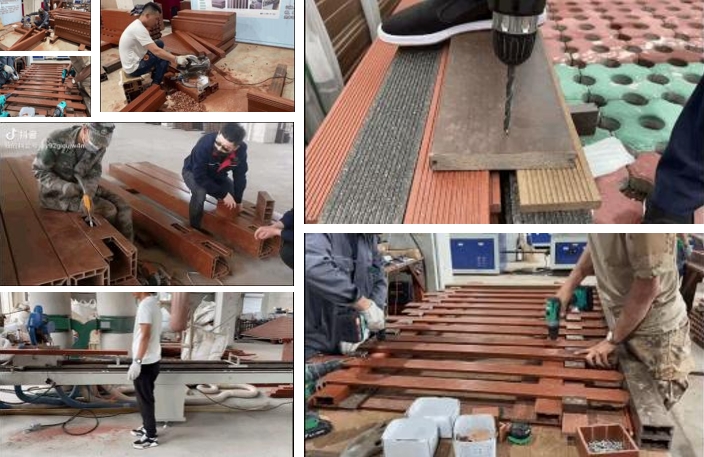Definition of Wood Plastic Composite Materials (HPC)
Wood plastic composite materials, also known as Herb Plastic Composites, are an innovative and environmentally friendly material. It is made by mixing herbal plant fibers with plastics (such as PP, PE, PVC, etc.) using modern production techniques, combining the natural characteristics of plant fibers with the processing convenience of plastics.
Raw materials for HPC
Plastic: PP (polypropylene), PE (polyethylene), PVC (polyvinyl chloride) and other plastic materials are mainly used, which have good processing and physical properties.
Characteristics and advantages of HPC
1. High strength: Herbal plant fibers with high filling content endow HPC with excellent mechanical properties.
2. Waterproof and insect proof: The use of plastic substrates gives HPC excellent waterproof and insect proof properties.
3. Cost effectiveness: Compared to traditional wood, HPC has lower production costs and significant economic benefits.
4. Environmental sustainability: Reduce dependence on forest resources, utilize agricultural waste, and promote ecological balance.
5. Diversified applications: HPC can be widely used in fields such as construction, furniture, logistics pallets, etc., replacing traditional wood and artificial boards.
6. Processing convenience: HPC is easy to cut and shape, suitable for modern automated production lines.
7. Weather resistance: HPC has excellent weather resistance, suitable for outdoor use, and low maintenance costs.
8. Recyclability: HPC can be recycled and reused after its service life, reducing environmental pollution.








